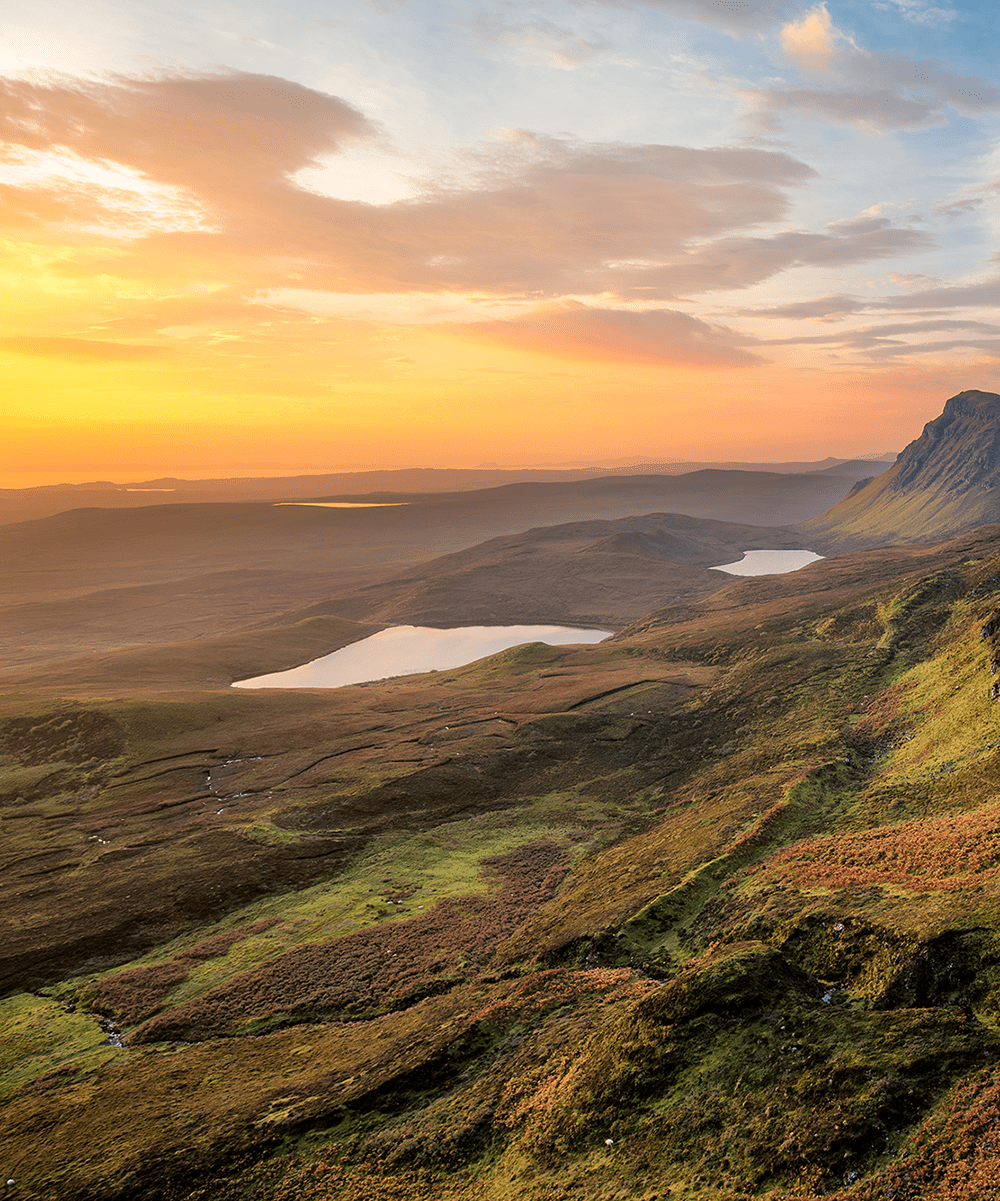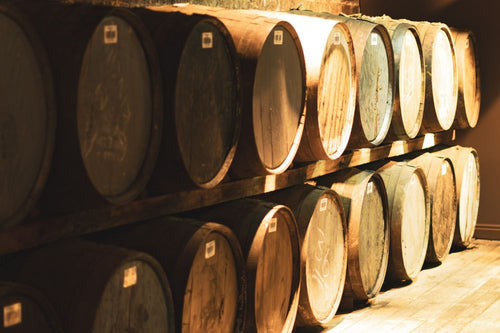

20 December 2021
What Are the Whisky Regions of Scotland, and Why Do They Matter for Investors?
Whilst all casks can grow in value as they mature, it’s undoubtedly true that certain brands, blends and distilleries carry reputations and respect that can improve that value further. Knowing some of the ways in which whisky can be impacted – both in flavour as well as the demand from collectors and the public alike, can lead to a successful, well informed investment.
There are 5 regions officially recognised by the Scotch Whisky Association, each bringing with it unique history, processes and flavour profiles. These regions only apply to the classification of malt whisky, not grain, and of course – a distillery being in a certain region does not necessarily mean it will carry the characteristics of that region, and there are many distilleries breaking the mould.
It can be important to understand the regions to help learn more about the casks produced in each part of the country, and get a broader picture of the types of cask investment that are right for you.
What are the 5 whisky regions of Scotland?
The whisky regions are, in order of geographical size: the Highlands, the Lowlands, Speyside, Campbeltown and Islay.
Occasionally, the Islands, which are part of the Highlands region, are sometimes considered their own unique region, although not officially recognised as such.
Here is a brief introduction to each of these whisky regions.
Highlands:
This is the largest of the whisky regions, and is well known for distilleries including Glenmorangie and Dalmore.
There are over 40 distilleries here across the area, making up over a quarter of Scottish whisky production. However, the vast size means that there is less of a unified flavour between distilleries.
In the coastal areas of the region, lots of the whisky takes on the salty flavours of the sea, whilst whiskies from the south of the region have a lighter flavour.
Lowlands:
Situated in the south of Scotland, near the borders, the Lowland regions are famous for typically light, citrusy whiskies which are mostly unpeated. Here distilleries such as Annandale and Bladnoch have made strong names for themselves.
Speyside:
Speyside is tucked away as a region within the Highland region, but that doesn’t mean it doesn’t have a distinct reputation for itself. There’s nearly 50 distilleries producing whisky, including Glenlivet, Glenfiddich and The Macallan – home to some of the most expensive bottled whisky of recent years.
The River Spey provides fertile soil for malt production, and many of the region’s whiskies have a peaty and spicy flavour.
Campbelltown:
Once the whisky capital of the world, Campbeltown is now only home to three distilleries – making whisky from this region a desirable asset. Out on the Kintyre Peninsula, the region has less of a distinct style with fewer distilleries now operating. Springbank and Glengyle make popular whiskies here.
Islay:
In the Inner Hebrides of Scotland, Islay offers dry whiskies influenced by a strong peaty taste as a product of the distillation process. Laphroaig and Port Ellen are famous names here, offering popular collectors bottles.
When choosing a cask to invest in, knowing more about the distilleries that produce them can help you plan for the future of your investment. Our team is always on hand to help guide you through the process of choosing a cask and deciding on the best investment for you.
Book a call by getting in touch at sales@macinneswhisky.com



